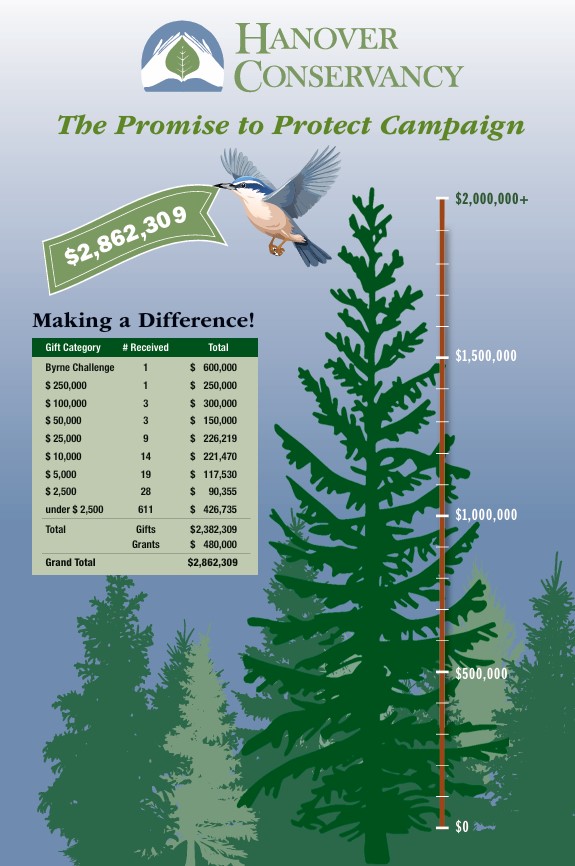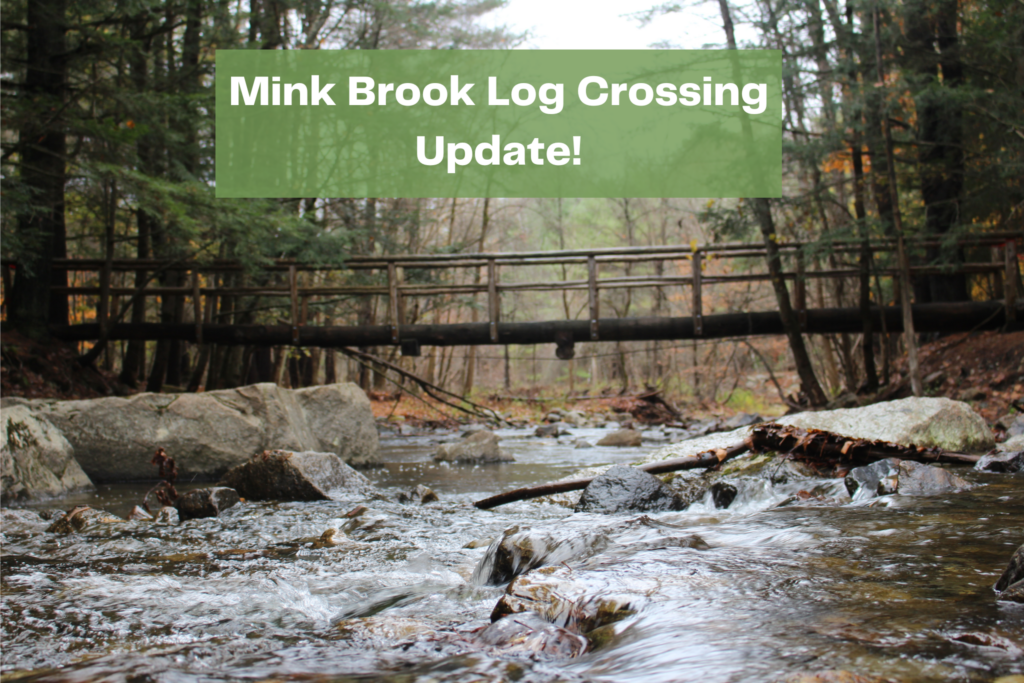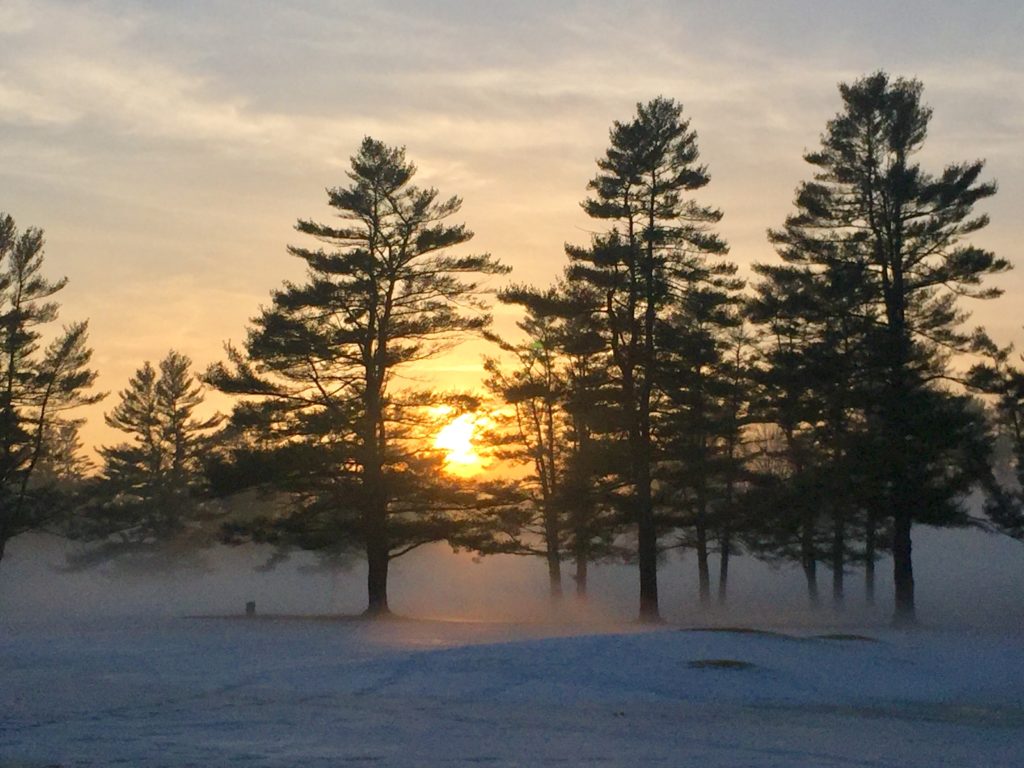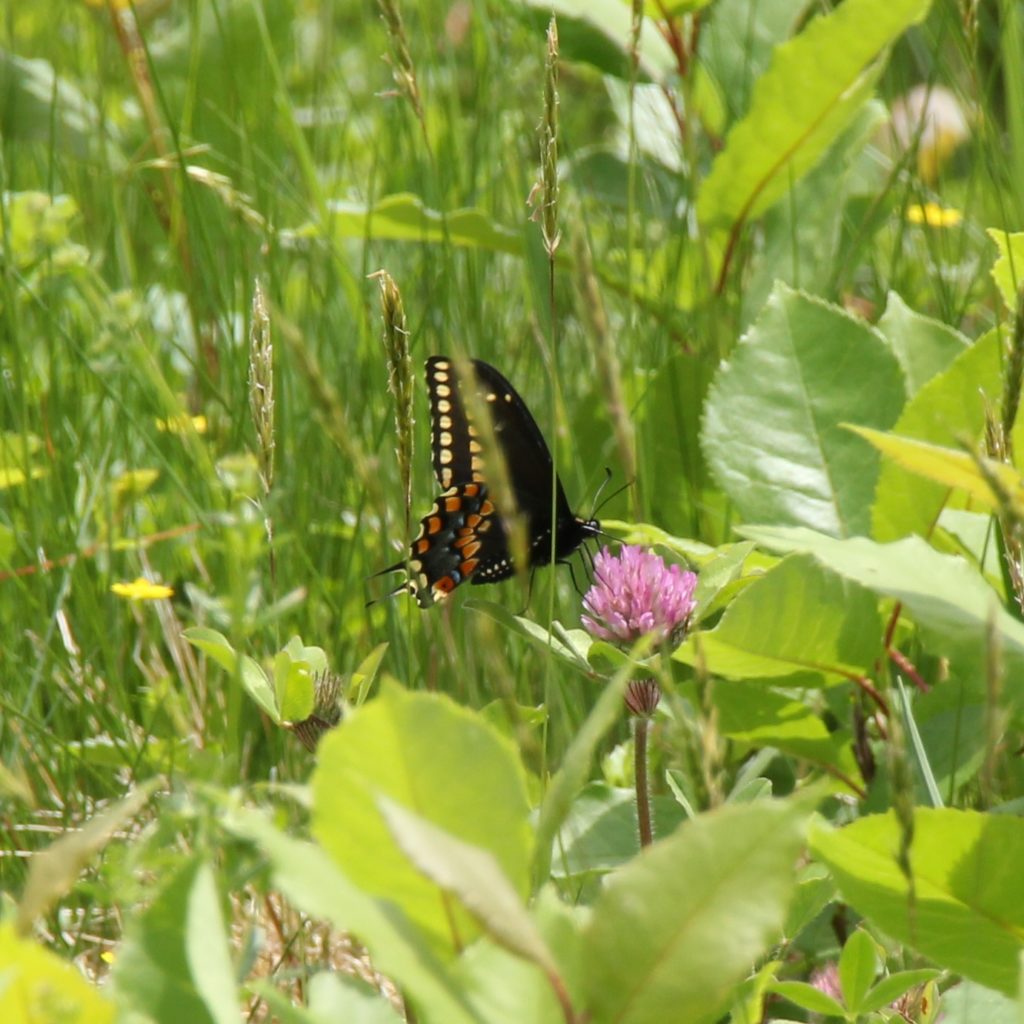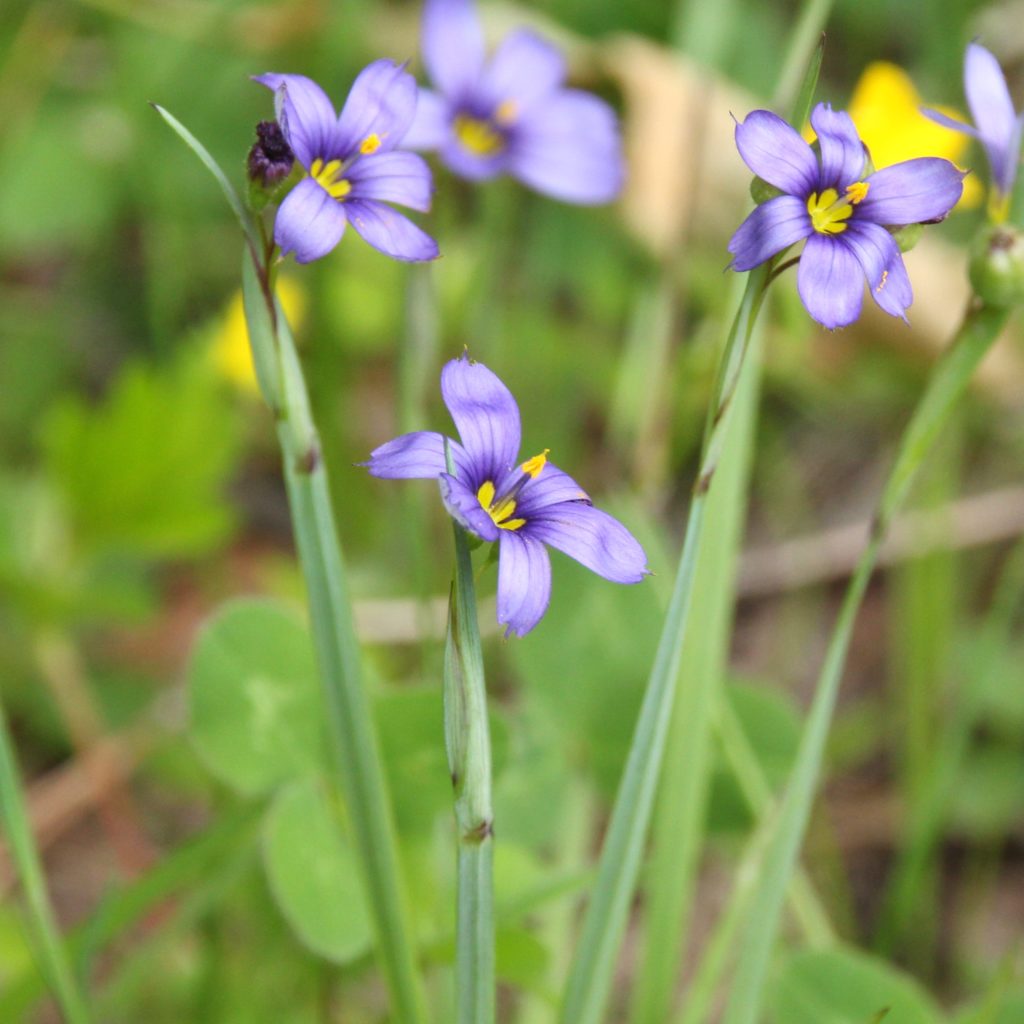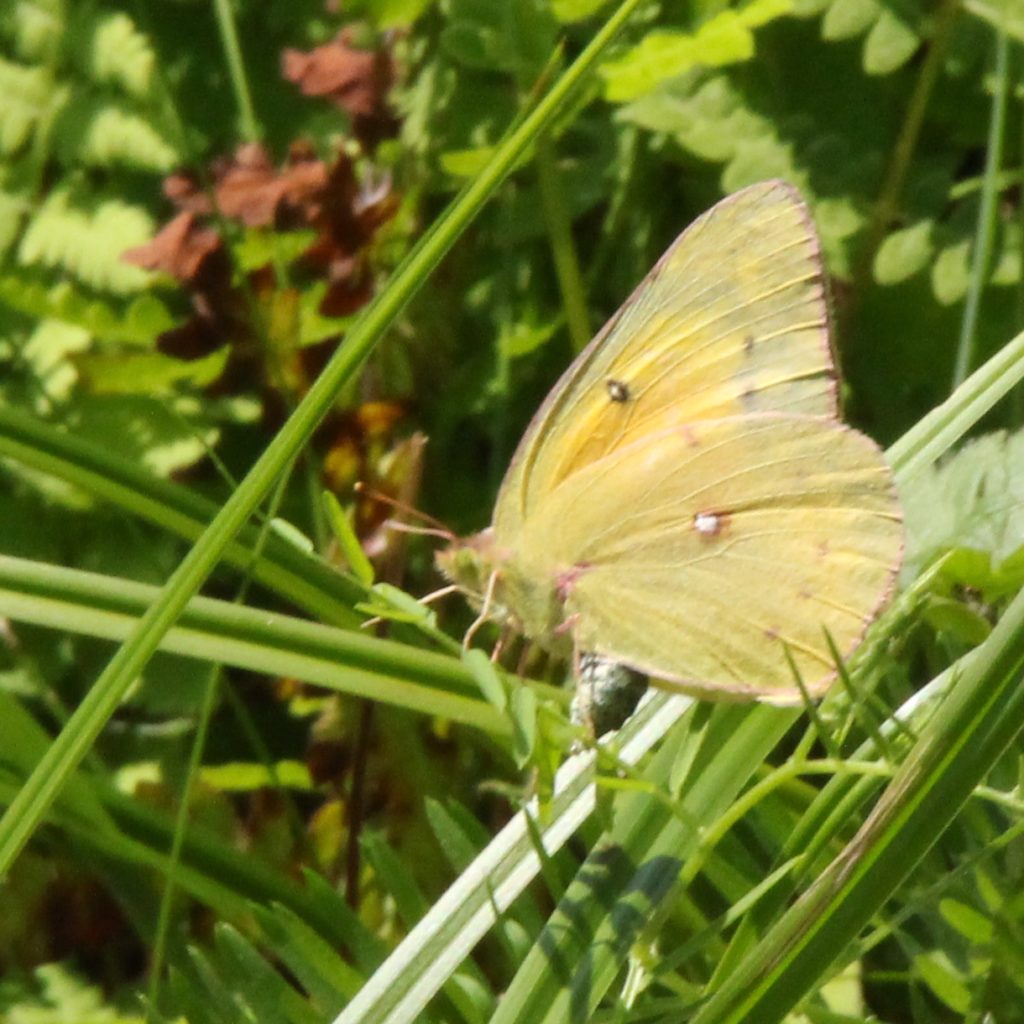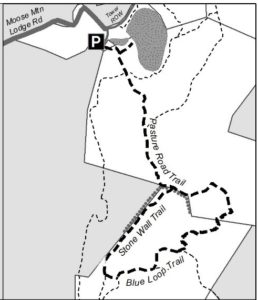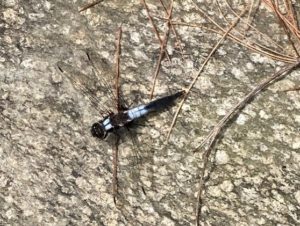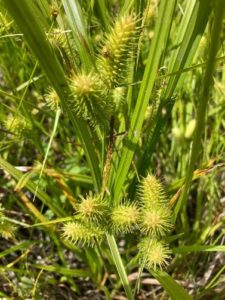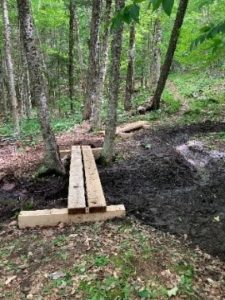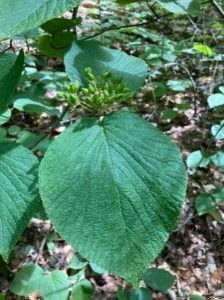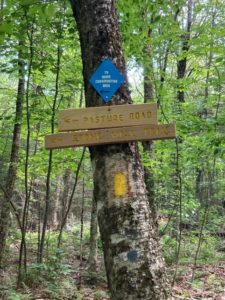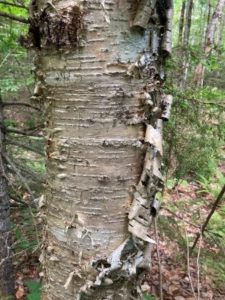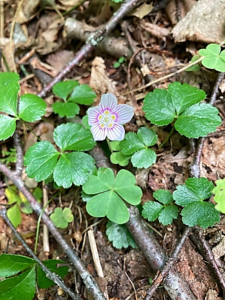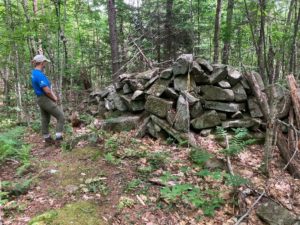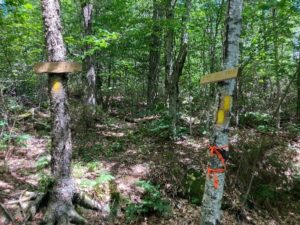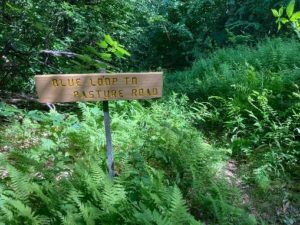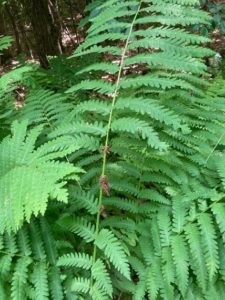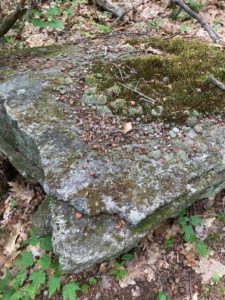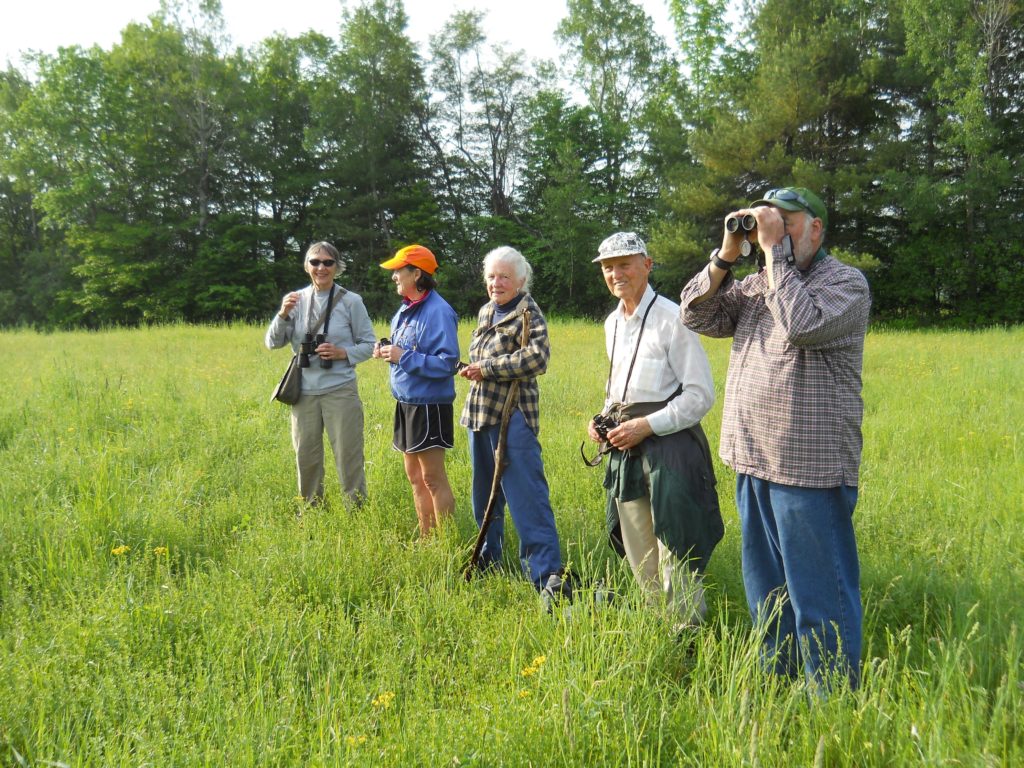In the summer of 2023 the Hanover Conservancy launched the public phase of the most ambitious fundraising effort in our organization’s 60+ year history. Led by strong institutional support from the Jack and Dorothy Byrne Foundation—which contributed $600,000 to the effort—we sought to raise $2 million to support the essential work of land conservation, stewardship, and community engagement.
This fall, after two years of quiet and public fundraising, we are proud to report the successful close of our Promise to Protect campaign. With generous support from individuals, families, institutions, and local, state, and federal agencies, we surpassed our original goal by more than 40%, raising $2,862,309 in gifts and grants.
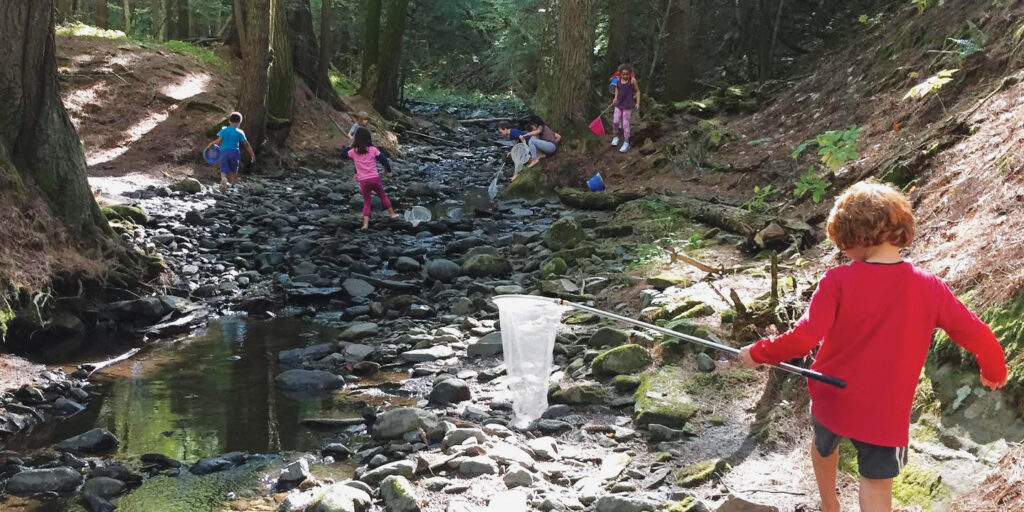
This incredible vote of confidence greatly enhances the long-term sustainability of our work, ensuring we will be able to continue to care for beloved conserved properties like Balch Hill, Mink Brook, and Greensboro Ridge for years to come. It also energizes our three main program initiatives, allowing us to boldly pursue new land protection projects; meet the growing stewardship demands on our properties brought on by climate change and increased use; and continue to connect our community to the inspiring landscape we share.
Thank you again to all our supporters, past and present, for helping lay the foundation for the next generation of conservation work in Hanover. We look forward to sharing exciting news in the coming year as we continue to protect land and water for our community.
And while this capital campaign has come to a close, your ongoing support remains vitally important to the day-to-day operations of the Conservancy. We invite you to become a member today, and join the nearly 500 households in Hanover and beyond who have made a gift to the Conservancy this year.
